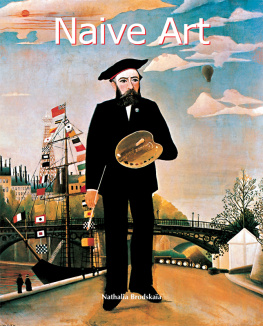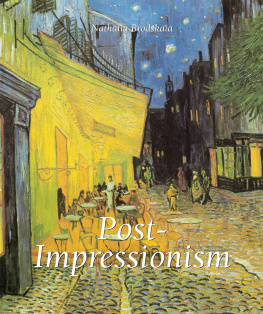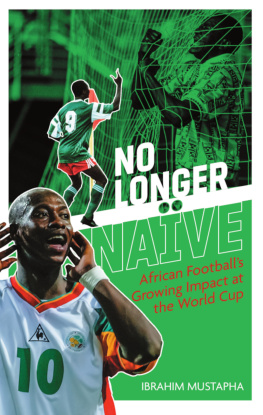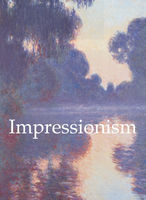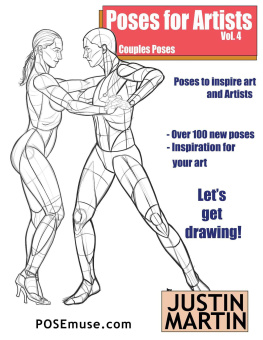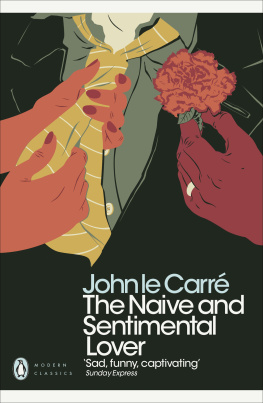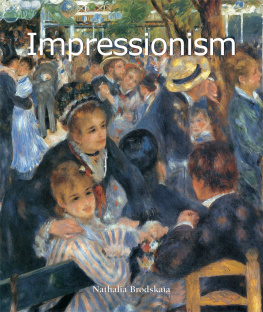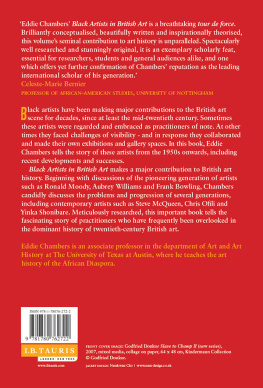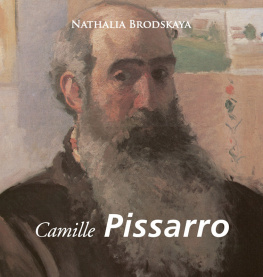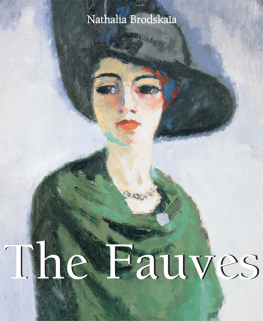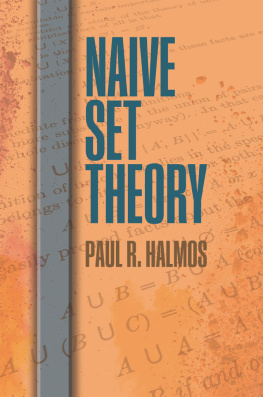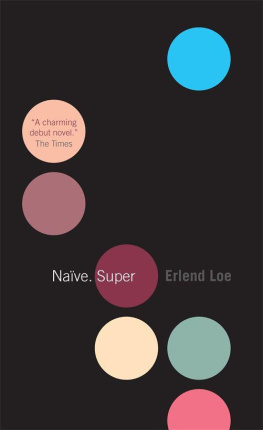Text: Nathalia Brodskaia and Viorel Rau
Translation: Mike Darton (main text), Nick Cowling and Marie-Nolle Dumaz (biographies)
Layout:
Baseline Co. Ltd
61A-63A Vo Van Tan Street
4 th Floor
District 3, Ho Chi Minh City
Vietnam
Parkstone Press International, New York, USA
Confidential Concepts, worldwide, USA
Fernando De Angelis
Onismi Babici
Branko Babunek
Andr Bauchant, Artists Rights Society (ARS), New York, USA/ ADAGP, Paris
John Bensted
Camille Bombois, Artists Rights Society (ARS), New York, USA/ ADAGP, Paris
Ilija Bosilj-Basicevic
Janko Braic
Aristide Caillaud, Artists Rights Society (ARS), New York, USA/ ADAGP, Paris
Camelia Ciobanu, Artists Rights Society (ARS), New York, USA/ Visarta, Bucarest
Gheorghe Coltet
Mircea Corpodean
Viorel Cristea
Mihai Dascalu
Adolf Dietrich, Artists Rights Society (ARS), New York, USA/ Pro Litteris, Zrich
Gheorghe Dumitrescu
Jean Eve, Artists Rights Society (ARS), New York, USA/ ADAGP, Paris
Francesco Galeotti
Ivan Generalic
Ion Gheorge Grigorescu
Art Morris Hirshfield/ Licensed by VAGA, New York, USA, pp.166, 167, 168-169
Paula Jacob
Ana Kiss
Nikifor Krylov
Boris Kustodiev
Dominique Lagru, Artists Rights Society (ARS), New York, USA/ ADAGP, Paris
Marie Laurencin, Artists Rights Society (ARS), New York, USA/ ADAGP, Paris
Antonio Ligabue
Oscar de Mejo
Orneore Metelli
Successi Mir, Artists Rights Society (ARS), New York, USA/ ADAGP, Paris
Gheorghe Mitrachita
COPYRIGHT Grandma Moses Properties Co., New York, p.170, 171, 172, 173
Ion Nita Nicodin
Emil Pavelescu
Ion Pencea
Dominique Peyronnet
Horace Pippin
Niko Pirosmani
Catinca Popescu
Ivan Rabuzin
Milan Raic
Ren Martin Rimbert
Shalom de Safed
Sava Sekulic
Sraphine de Senlis (Sraphine Louis), Artists Rights Society (ARS), New York, USA/ ADAGP, Paris
Emma Stern
Gheorghe Sturza
Anuta Tite
Ivan Vecenaj
Guido Vedovato
Miguel Garcia Vivancos
Louis Vivin, Artists Rights Society (ARS), New York, USA/ ADAGP, Paris
Elena A. Volkova
Alfred Wallis, Artists Rights Society (ARS), New York, USA/ DACS, London
Valeria Zahiu
All rights reserved.
No parts of this publication may be reproduced or adapted without the permission of the copyright holder, throughout the world. Unless otherwise specified, copyright on the works reproduced lies with the respective photographers. Despite intensive research, it has not always been possible to establish copyright ownership. Where this is the case, we would appreciate notification.
ISBN: 978-1-78310-379-9
Naive Art

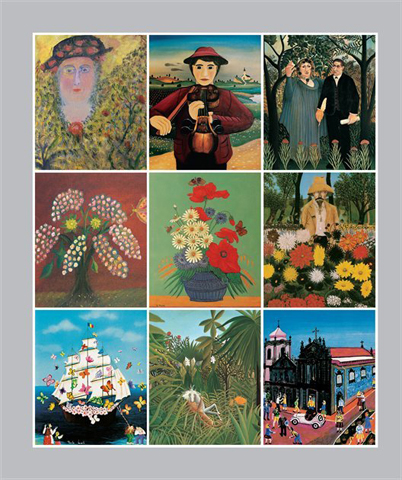
Contents

Henri Rousseau,
also called the Douanier Rousseau, The Charm, 1909.
Oil on canvas, 45.5 x 37.5 cm.
Museum Charlotte Zander, Bnnigheim.
I. Birth of Naive Art
When Was Naive Art Born?
There are two possible ways of defining when naive art originated. One is to reckon that it happened when naive art was first accepted as an artistic mode of status equal with every other artistic mode. That would date its birth to the first years of the twentieth century. The other is to apprehend naive art as no more or less than that, and to look back into human prehistory and to a time when all art was of a type that might now be considered naive tens of thousands of years ago, when the first rock drawings were etched and when the first cave-pictures of bears and other animals were scratched out. If we accept this second definition, we are inevitably confronted with the very intriguing question, so who was that first naive artist?
Many thousands of years ago, then, in the dawn of human awareness, there lived a hunter. One day it came to him to scratch on a flattish rock surface the contours of a deer or a goat in the act of running away. A single, economical line was enough to render the exquisite form of the graceful creature and the agile swiftness of its flight. The hunters experience was not that of an artist, simply that of a hunter who had observed his model all his life. It is impossible at this distance in time to know why he made his drawing. Perhaps it was an attempt to say something important to his family group; perhaps it was meant as a divine symbol, a charm intended to bring success in the hunt. Whatever but from the point of view of an art historian, such an artistic form of expression testifies at the very least to the awakening of individual creative energy and the need, after its accumulation through the process of encounters with the lore of nature, to find an outlet for it.
This first-ever artist really did exist. He must have existed. And he must therefore have been truly naive in what he depicted because he was living at a time when no system of pictorial representation had been invented. Only thereafter did such a system gradually begin to take shape and develop. And only when such a system is in place can there be anything like a professional artist. It is very unlikely, for example, that the paintings on the walls of the Altamira or Lascaux caves were creations of unskilled artists. The precision in depiction of the characteristic features of bison, especially their massive agility, the use of chiaroscuro, the overall beauty of the paintings with their subtleties of coloration all these surely reveal the brilliant craftsmanship of the professional artist. So what about the naive artist, that hunter who did not become professional? He probably carried on with his pictorial experimentation, using whatever materials came to hand; the people around him did not perceive him as an artist, and his efforts were pretty well ignored.
Any set system of pictorial representation indeed, any systematic art mode automatically becomes a standard against which to judge those who through inability or recalcitrance do not adhere to it. The nations of Europe have carefully preserved as many masterpieces of classical antiquity as they have been able to, and have scrupulously also consigned to history the names of the classical artists, architects, sculptors and designers. What chance was there, then, for some lesser mortal of the Athens of the fifth century B.C.E. who tried to paint a picture, that he might still be remembered today when most of the ancient frescos have not survived and time has not preserved for us the easel-paintings of those legendary masters whose names have been immortalised through the written word? The name of the Henri Rousseau of classical Athens has been lost forever but he undoubtedly existed.
The Golden Section, the canon of the (ideal proportions of the) human form as used by Polyclitus, the notion of harmony based on mathematics to lend perfection to art all of these derived from one island of ancient civilisation adrift in a veritable sea of savage peoples: that of the Greeks. The Greeks encountered this tide of savagery everywhere they went. The stone statues of women executed by the Scythians in the area north of the Black Sea, for example, they regarded as barbarian primitive art and its sculptors as naive artists oblivious to the laws of harmony.

